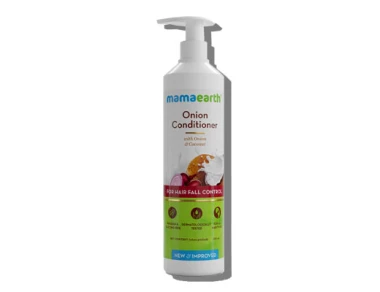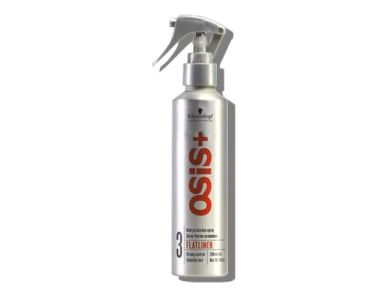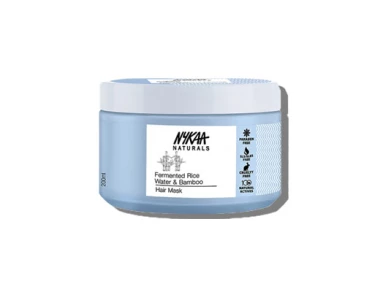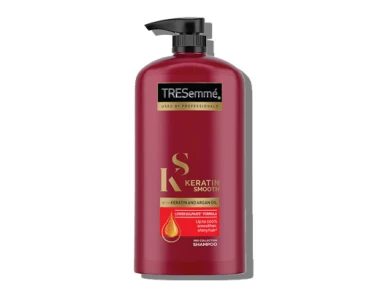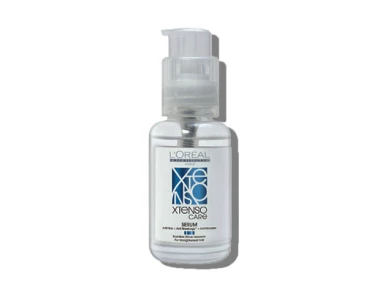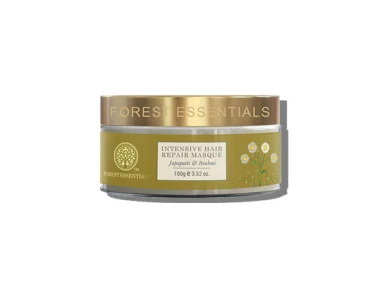
Table of Contents:
Does your hair constantly feel dry? Does it frizz easily? And, does every product you use leave you disappointed? Well, it all depends on your hair's porosity. It plays a major role in identifying the slew of products and treatments that you and your hair can benefit from. Keep reading to find out more…
What exactly is hair porosity?
Hair porosity is the hair’s ability to absorb and retain hydration. Your hair’s porosity levels affect how well oil and moisture can seep in and out of the outermost layer of your hair called the cuticle.
To understand the concept of hair porosity, it is important to understand the hair structure better. Hair is made up of 3 layers -
- The cuticle is the protective outer layer
- The cortex is the thickest layer containing fibrous proteins
- The medulla is the soft centre of the hair shaft.
Moisture needs to pass through the cuticle to the cortex in order to remain healthy and hydrated. The arrangement of the cuticles decides the porosity of one’s hair. For a deep dive into the structure of your hair, click here.
What are the different types of hair porosity, and how do they differ from each other?
- Low porosity - In this, the cuticle is tightly woven preventing moisture absorption and retention. Hair takes a longer time to get wet and dry. Products tend to build up on the hair rather than being absorbed.
- Medium porosity - This is considered normal, where moisture enters the hair shafts and retains it too. This type of hair is responsive to chemical treatments like bleaches, colourants and relaxers.
- High porosity - In this, the cuticles tend to have multiple gaps in them allowing easy entry and exit of moisture. High porosity hair tends to experience more frizz and dryness and breaks easily sometimes.
How to determine hair porosity at home?
To test your hair porosity at home, all you need to do is drop a freshly washed strand of hair into a glass of water. If the strand floats, it has low porosity. If it sinks to the middle of the glass, it has medium porosity. And if it sinks to the bottom, it has high porosity.
Characteristics of hair according to porosity levels
If you have porosity hair:
- Hair products build up on your hair, rather than being absorbed
- It takes longer for your hair to air-dry
- Water takes longer to saturate your hair when washing
If you have medium/ normal porosity hair:
- It is easier to style and this type of hair holds hairstyles longer
- Hair looks healthier and glossier
- It takes colour well
If you have high porosity hair:
- Hair tends to be frizzy and dry
- It tends to break easily and is prone to tangling
- It air dries quicker
Care tips according to hair porosity levels
For low porosity hair:
- Look for shampoos with humectant ingredients like glycerine, hyaluronic acid, sorbitol, and honey among others
- Use protein-free/silicone-free conditioners and apply it to already wet hair for better absorption
- Avoid heavy hair care products consisting of oils because they take longer to penetrate through the cuticle. As per research, coconut-based hair oils increase the hydrophobicity of hair, have a porosity reduction effect, and have damage repair potential, too.
- Don’t use excessive amounts of products and apply them evenly across your hair’s length
- Use clarifying shampoos to remove product build-up, if any, at least once a week
For high porosity hair:
- Shampoos and conditioners with butters and oils work best to add extra moisture to your hair
- Slightly acidic shampoos and conditioners with silicone help form a coating on the hair, reducing the loss of moisture
- Use leave-in conditioners to help your hair retain moisture
- Pamper your hair with an oil massage with coconut, jojoba, olive or avocado oil regularly for nourishment
- Avoid using heated styling tools, and if you do, make sure to use a heat protectant spray to prevent damage
To conclude, while hair porosity is a lesser-known term in hair care, understanding it is important to give your hair the best care it deserves. Keep them looking strong and healthy inside out. Explore the best tips and at-home treatments to repair damaged hair.

